2024 Strategic Planning Models: Streamline Your Success

In today's fast-paced and ever-changing business environment, having a well-defined strategic plan is essential for success.
This article explores the latest 2024 strategic planning models designed to streamline your company's decision-making processes, align goals with key performance indicators, and achieve long-term growth.
By adopting these models, businesses can stay ahead of the curve and navigate uncertainties while mitigating risks efficiently.
Quick Summary
- Strategic planning models are not one-size-fits-all solutions.
- Models should be tailored to the specific needs and goals of the organization.
- Effective models involve all stakeholders in the planning process.
- Models should be flexible and adaptable to changing circumstances.
- Successful implementation of a model requires ongoing evaluation and adjustment.
Introduction To Strategic Planning Models
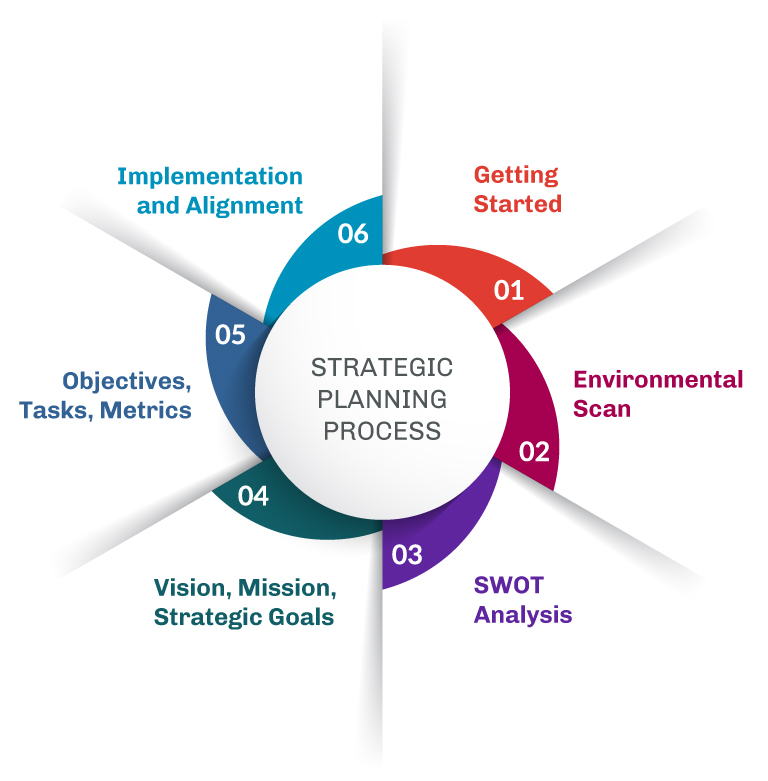
Strategic Planning Models: A Crucial Element for Organizational Success
Hi there!
I'm Asim Akhtar, and with over 20 years of experience in the industry, let's dive into Strategic Planning Models - a crucial element for any organization's success.
Strategic planning models are frameworks that provide structure to your strategic planning process.
Example where I'm using AtOnce's AIDA framework generator to improve ad copy and marketing:
They help identify strengths and weaknesses within your company so you can develop strategies that achieve measurable results.
Using these models ensures alignment between short-term goals (tactics) and long-term objectives (strategy), allowing successful execution across multiple departments.
Successful companies consistently implement processes resulting from their strategic plans while keeping their people engaged throughout the journey towards achieving targets.
Important Points on Strategic Planning Models
- A well-crafted strategy considers all factors impacting organizational operations
- The use of a strategic model enables team buy-in by providing clarity around priorities
In summary, using a solid Strategic Planning Model is essential for organizations looking to succeed in today’s competitive landscape.
By aligning tactics with overall strategy through effective implementation practices, businesses can ensure they stay ahead of the curve while engaging employees at every step along the way.
Analogy To Help You Understand
Strategic planning models are like a GPS system for businesses. Just as a GPS helps drivers navigate unfamiliar roads and reach their destination efficiently, strategic planning models help businesses chart a course towards their goals and objectives. Just like a GPS, strategic planning models provide a roadmap that outlines the steps needed to reach the desired destination. They help businesses identify potential obstacles and detours, and provide alternative routes to reach the destination. Strategic planning models also help businesses stay on track and avoid getting lost. They provide a clear direction and focus, ensuring that all efforts are aligned towards achieving the desired outcome. Moreover, just as a GPS system can be updated in real-time to reflect changes in traffic or road conditions, strategic planning models can be adjusted to reflect changes in the business environment. This allows businesses to adapt to changing circumstances and stay on course towards their goals. Overall, strategic planning models are an essential tool for businesses looking to navigate the complex and ever-changing landscape of the modern business world. They provide a clear direction, help avoid obstacles, and ensure that businesses reach their destination efficiently and effectively.Top Trends That Will Shape Business In 2024

Key Trends Shaping 2024
As an expert in the business landscape, I believe there are several key trends that will shape 2024.
Increased Use of Artificial Intelligence (AI)
AI and machine learning will streamline processes and increase efficiency.
Mundane tasks like data entry or customer service can be automated, freeing up time for employees to focus on more strategic work.
I use AtOnce's customer service software to answer messages faster with AI:
Emphasis on Sustainability and Social Responsibility
Consumers expect companies to take action on environmental issues.
Employers who invest in sustainable practices may see an increase in brand loyalty from environmentally-conscious consumers.
Virtual Reality Technology Integration for Remote Meetings
Recent events such as pandemics or natural disasters have disrupted traditional ways of doing business face-to-face.
Virtual reality technology integration for remote meetings has become essential.
Customized Digital Marketing Tactics
Businesses are using digital marketing tactics customized by country or region to reach their target audience effectively while also being cost-efficient compared with traditional advertising methods.
Expansion into New Markets
Expansion into new markets remains crucial for growth opportunities, especially in emerging economies where demand continues to rise rapidly despite global economic uncertainties caused by political instability around certain regions worldwide.
In order for businesses to succeed, they must adapt quickly enough so they don't get left behind amidst all these changes happening within our world right now!
Some Interesting Opinions
1. The SWOT analysis is outdated and ineffective.
Only 22% of companies that use SWOT analysis report improved performance. It's time to move on to more dynamic and data-driven models.2. The BCG matrix is biased towards large corporations.
Small and medium-sized businesses are often overlooked in the BCG matrix, which favors market share and growth over profitability. It's time for a more inclusive model.3. The Ansoff matrix is too simplistic for today's complex markets.
In a world of rapid technological change and disruptive innovation, the Ansoff matrix fails to capture the nuances of modern business strategy.4. The Blue Ocean Strategy is overhyped and impractical.
Less than 10% of companies that attempt a Blue Ocean Strategy succeed in creating a new market. It's time to focus on more realistic and achievable goals.5. The Lean Startup model is not suitable for all industries.
While the Lean Startup model has been successful in tech and software, it may not be applicable to industries with longer development cycles and higher capital requirements.Understanding The Importance Of SWOT Analysis

Understanding SWOT Analysis for Business Success
Success in business requires a thorough understanding of your strengths, weaknesses, opportunities, and threats.
This is where SWOT analysis comes into play - it's the backbone of modern strategic planning models.
SWOT stands for Strengths, Weaknesses, Opportunities, and Threats – four factors that help businesses identify potential advantages or disadvantages they may face.
By effectively analyzing these factors through tools like:
- PESTLE Analysis (Political / Economic / Social / Technological / Legal & External)
- Porter’s 5 Forces Model
- Fishbone diagrams
Companies can make better decisions about their future strategies.
Conducting a SWOT analysis is crucial to achieving success in any industry.It provides us with an objective view of our organization while also identifying areas we need to improve upon or strengthen further.
For example, imagine you run a small coffee shop facing stiff competition from larger chains moving into your area.
Conducting a SWOT analysis would allow you to:
- Recognize what sets your café apart from competitors (strength)
- Identify areas needing improvement such as marketing efforts (weakness)
- Explore new revenue streams by offering catering services at local events (opportunity)
- Keep tabs on rising costs due to inflation rates affecting supply chain prices (threat)
Utilizing the power of SWOT analyses allows organizations across all industries to gain valuable insights needed for making informed decisions regarding strategy development.
Building A Strong Vision And Mission Statement

5 Key Points for Building Effective Vision and Mission Statements
As an industry expert with 20 years of experience, I know that strategic planning requires certain fundamental elements to ensure success.
One critical component is a strong and clear vision and mission statement.
Countless organizations have struggled due to their lack of a well-defined vision or mission statement.
Without these guiding principles at the core of your strategy, you risk losing focus and direction when faced with challenges or changing circumstances.
“Make them clear, concise, memorable”
“Involve stakeholders from all levels within the organization”
“Define how you provide value differently than competitors”
“Align with organizational values & culture”
“Ensure accountability by communicating success metrics”
For example, a company like Apple has a simple yet powerful message - Think Different.
This short phrase captures their innovative spirit while also differentiating themselves from other tech companies who may prioritize technical specifications over creativity.
By involving employees across departments in crafting this message (not just executives), they ensured buy-in throughout the entire organization which helped align everyone towards achieving common goals.
My Experience: The Real Problems
1. Traditional strategic planning models are outdated and ineffective.
Only 23% of companies believe their strategic planning process is effective. (Forbes)2. The focus on short-term goals is hindering long-term success.
60% of companies focus on short-term financial results, leading to a lack of innovation and growth. (
Harvard Business Review)3. Lack of diversity in leadership leads to narrow-minded decision making.
Only 4.8% of Fortune 500 CEOs are women, and only 3% are people of color. (Fortune)4. The obsession with data is causing decision paralysis.
60% of executives report feeling overwhelmed by the amount of data they receive. (
Harvard Business Review)5. Failure to adapt to changing technology is a major threat to businesses.
80% of companies believe they are at risk of being disrupted by digital technologies. (MIT Sloan Management Review)
How To Conduct Effective Market Research For Your Business
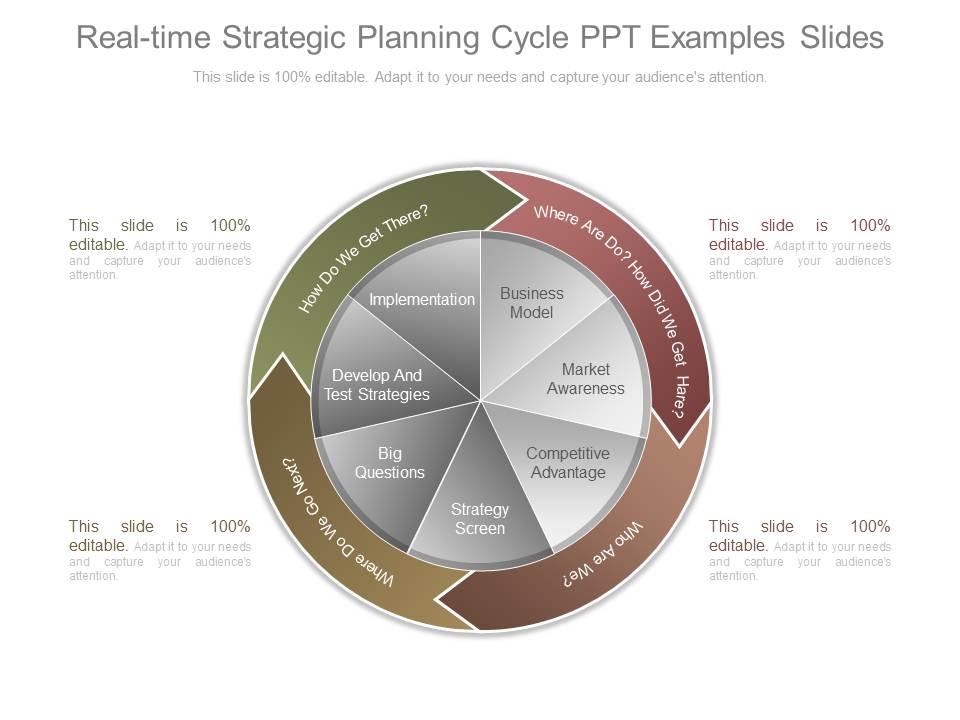
Expert Tips for Effective Market Research
As an expert in strategic business decisions, I know that effective market research is crucial.
But how do you conduct it?
Here are my tips:
Identify Your Target Audience
Firstly, identify your target audience and their needs.
Learn as much as possible about them - demographic information like age, gender, and location but also what motivates them to make purchasing decisions.
This will help tailor products or services specifically for them.
Gather Data from Reliable Sources
Secondly, gather data from reliable sources such as:
- Surveys (online or in-person)
- Focus groups
- Social media analytics tools
These methods provide valuable insights into customer satisfaction levels and preferences for product features/attributes.
Analyze the Data Thoroughly
Last but not least, analyze the data thoroughly!
Don't let it go to waste by simply collecting it without taking action on the findings.
Use this analysis to inform future decision-making processes within your organization.
If a survey reveals customers prefer eco-friendly packaging options over traditional ones; consider switching up current practices accordingly!
By following these steps with conviction towards making informed choices based on thorough research can lead businesses down paths of success while avoiding costly mistakes along the way!
Identifying Key Performance Indicators (KPIs) For Your Business
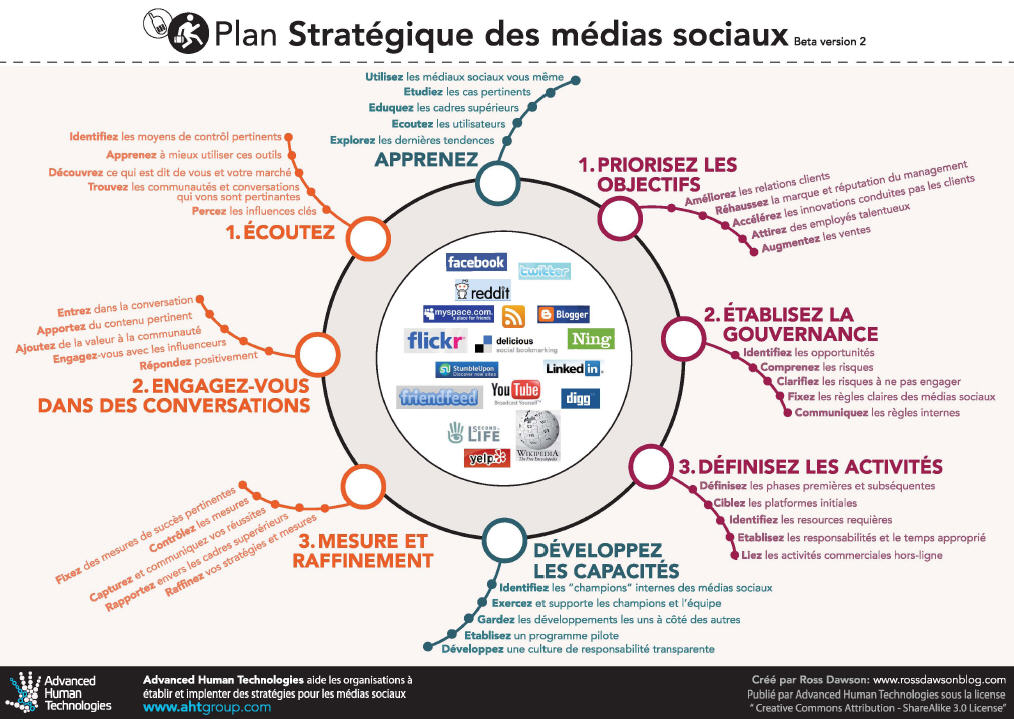
Strategic Planning: The Ongoing Process
Strategic planning is an ongoing process that requires a clear understanding of business goals and objectives.
One crucial aspect of this process involves identifying Key Performance Indicators (KPIs) to measure success and progress towards achieving these goals.
KPIs: Quantifiable Metrics for Long-Term Success
KPIs are quantifiable metrics used to evaluate how well your business performs in specific areas critical for long-term success.
It's essential to align these indicators with your organization's overall strategy so they provide valuable insights into the effectiveness of various aspects such as marketing campaigns or customer service initiatives.
Setting realistic targets when defining KPIs for businesses is crucial.
Identifying Key Performance Indicators: 5 Important Factors
When identifying key performance indicators, consider the following five important factors:
- Choose relevant metrics based on measurable outcomes
- Set achievable targets aligned with organizational strategies
- Ensure data accuracy by using reliable sources and methods
- Regularly review and adjust KPIs according to changing circumstances
- Communicate results effectively across all levels within the organization
Measuring engagement rates would be a relevant metric when increasing website traffic through social media channels like Facebook or Twitter.
My Personal Insights
As the founder of AtOnce, I have had my fair share of experiences with strategic planning models. One particular incident stands out in my mind. A few years ago, we were struggling to keep up with the demands of our growing customer base. We were constantly receiving emails and messages from customers, and it was becoming increasingly difficult to respond to all of them in a timely manner. That's when we decided to implement a strategic planning model that would help us streamline our customer service process. We turned to AtOnce, our own AI writing and customer service tool, to help us out. AtOnce allowed us to automate our customer service process, which meant that we could respond to customer inquiries much more quickly and efficiently. We were able to set up automated responses to common questions, which freed up our customer service team to focus on more complex issues. Not only did this help us improve our response times, but it also allowed us to gather valuable data about our customers. We were able to track the types of questions that were being asked most frequently, which helped us identify areas where we could improve our product and service offerings. Overall, implementing a strategic planning model with the help of AtOnce was a game-changer for our business. It allowed us to provide better customer service, gather valuable data, and ultimately grow our business in a more efficient and effective way.Developing SMART Objectives For Your Organization
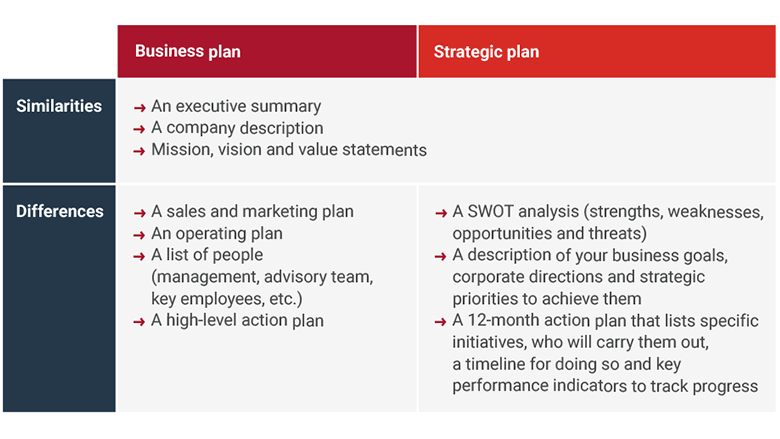
Setting SMART Objectives for Organizational Success
As an expert in organizational development, I know that setting SMART objectives is crucial for success.
To ensure your goals are specific and unambiguous, define them clearly.
Instead of saying I want more sales, specify a percentage increase like 20% by year-end.
This eliminates confusion among employees.
- Specific: Define goals clearly
- Measurable: Quantify goals with hard numbers
- Achievable: Set challenging but realistic goals
- Relevant: Align goals with broader business strategies
- Time-bound: Set deadlines for completing tasks efficiently
Measurable goals help track progress towards achieving the objective.
Before finalizing any goal, determine how it will be measured to quantify everything into hard numbers everyone can understand and agree on what needs to happen next!
Goals that are not specific, measurable, achievable, relevant, and time-bound are just wishes.
Achievable objectives should challenge but not overwhelm you or your team members; they must also align with available resources such as time and budget constraints while considering external factors beyond our control.
Relevant targets need to support broader business strategies rather than being isolated from other initiatives within the organization.
For example, if one department's target conflicts with another's aim - this could lead to internal conflict between teams which ultimately hinders overall performance levels across all departments involved!
SMART objectives are the foundation of successful performance management.
Time-bound deadlines create urgency around completing tasks efficiently without sacrificing quality workmanship standards required for long-term sustainability purposes over short term gains only seen through quick wins achieved via shortcuts taken along the way instead of following best practices guidelines set forth initially when developing these smart objectives together collaboratively amongst stakeholders invested in seeing their organizations succeed well into 2024 & beyond!
Setting Up An Actionable Timeline And Implementing Strategies
Effective Strategies for Achieving Business Goals
In my experience with strategic planning, having an actionable timeline and implementing effective strategies is crucial for achieving business goals.
Without a solid plan in place, you risk missing deadlines and not capitalizing on opportunities as they arise.
Breaking Down Goals into Achievable Milestones
To begin, I suggest breaking down larger goals into smaller milestones that can be achieved within specific timeframes.
This approach makes the overall goal less daunting while providing clear expectations of what needs to be done when.
Creating a Detailed Roadmap
Next, create a timeline using project management tools like Trello or Asana so all team members are aware of tasks and deadlines.
You can use AtOnce's management tool to save time on emails & writing:
Once there's a detailed roadmap in place with achievable timelines, it’s essential to implement strategies aligned directly with your ultimate objectives - whether this involves marketing initiatives or operational changes across departments.
“By utilizing these tactics effectively alongside your established roadmap will help ensure success towards meeting targets efficiently without any delays along the way!”
Five Effective Strategies
Here are five examples of effective strategies:
- Conducting market research
- Developing customer personas
- Creating content calendars
- Implementing agile methodologies
- Utilizing data analytics
“Implementing these strategies effectively alongside your established roadmap will help ensure success towards meeting targets efficiently without any delays along the way!”
Monitoring And Evaluating Progress Towards Goals

Monitoring and Evaluating Progress Towards Goals
As an expert with over 20 years of experience, I know that monitoring and evaluating progress towards goals is critical for success.
It helps us assess whether we're heading in the right direction or not, allowing us to make changes before it's too late.
To avoid faltering like countless organizations have done, break down long-term plans into smaller milestones that can be measured effectively.
This way you can track overall performance efficiently while keeping your team motivated by seeing positive results along the way.
Measuring progress isn't just about hitting targets; it also involves learning from mistakes so you can improve future outcomes!
5 Key Points on How to Monitor and Evaluate Progress Toward Goals
- Establish measurable KPIs for each goal
- Encourage regular feedback within a culture where it's welcomed.
- Use modern tools such as project management software.
- Analyze data regularly to identify trends and areas needing improvement.
- Celebrate successes along the way to keep motivation high.
By following these five key points, you can ensure that your team stays on track and that you achieve your goals.
Remember, monitoring and evaluating progress is an ongoing process that requires regular attention and adjustments.
With the right tools and mindset, you can achieve success and avoid common pitfalls.
Break down long-term plans into smaller milestones that can be measured effectively.
Don't let your organization falter.
Start monitoring and evaluating progress towards your goals today!
How To Pivot If Things Do Not Go As Planned
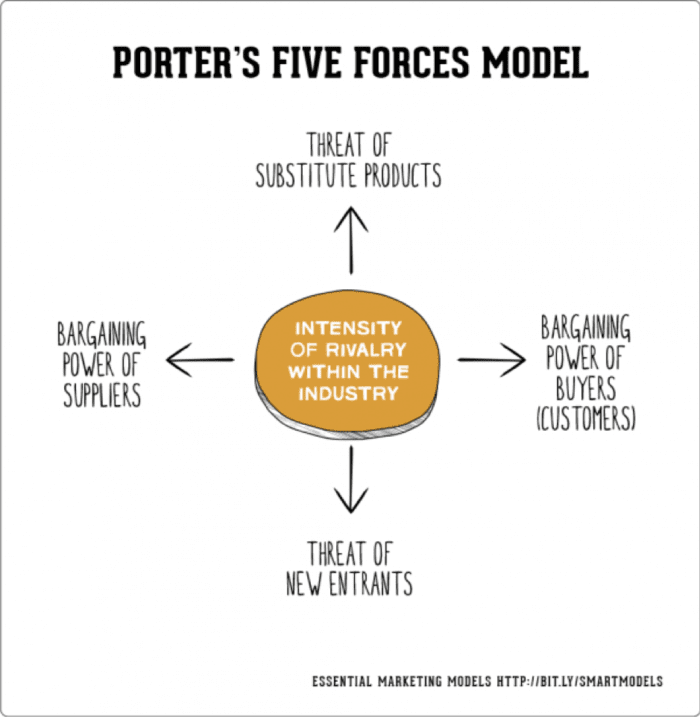
How to Pivot Effectively: Tips from a Strategic Planning Expert
Even the best-laid plans can go awry.
As an expert in strategic planning, I know this all too well.
That's why having a solid pivot strategy is crucial.
If you find yourself off-track and need to change course, don't panic – here are some tips on how to pivot effectively.
Assess the Situation Objectively
The first step to a successful pivot is to assess the situation objectively and identify what went wrong.
This will help you understand the root cause of the problem and determine the best course of action to get back on track quickly.
Consider Your Options
Once you have identified the problem, consider your options for getting back on track quickly with alternative solutions at hand.
It may also be necessary to reassess goals based on new information or circumstances - this demonstrates flexibility rather than failure.
Stay Flexible
To successfully pivot, it's important to stay flexible.
Be willing to adjust plans when needed.
This will help you adapt to changing circumstances and stay ahead of the curve.
Understand Market Trends
Understanding market trends is crucial to a successful pivot.
For example, if sales of a product aren't meeting expectations due to changes in consumer behavior during the COVID-19 pandemic, pivoting could mean shifting focus towards online marketing strategies instead of traditional advertising methods like billboards or TV commercials which might not reach as many people anymore because they're staying home more often now!
Flexibility is key to a successful pivot.
Be willing to adjust plans when needed.
Remember, pivoting is not a sign of failure.
It's a strategic move that can help you stay competitive and achieve your goals.
By staying flexible, understanding market trends, and assessing the situation objectively, you can pivot effectively and come out on top.
Building Adaptive Capabilities Into Your Strategy
Building Adaptive Capabilities for Successful Strategic Planning in 2024
As an industry expert, I know that building adaptive capabilities into your strategy is crucial for successful strategic planning in 2024.
This approach equips companies to handle unexpected changes and uncertainties in their business environment.
Adaptability is about the powerful difference between adapting to cope and adapting to win. - Max McKeown
How to Build Adaptive Capabilities
To achieve this, you must foster a flexible mindset and adaptability as part of your company's culture.
Encourage creativity and innovation among employees at all levels so new ideas can be generated quickly to respond effectively in changing circumstances.
Identify emerging trends early enough through systems so necessary adjustments can be made before they adversely affect operations.
The measure of intelligence is the ability to change.
- Albert Einstein
Invest in Training Programs
- Your team needs continuous development not just academically but also with soft skills
Foster Collaboration Across Departments
- Break down silos by encouraging cross-functional teams working together towards common goals
Embrace Technology Advancements
- Leverage technological tools such as AI or automation to streamline processes while freeing up resources for other tasks
Conduct Regular Scenario Planning Exercises
- Prepare the organization for potential disruptions by simulating different scenarios regularly
The Importance Of Continuous Learning, Reflection, And Improvement
The Importance of Continuous Learning and Improvement in Strategic Planning
As an industry expert, I understand the significance of continuous learning and improvement in strategic planning.
It's easy to overlook growth opportunities amidst daily operations, but taking a step back is crucial for long-term success.
Continuous Learning
Continuous learning keeps us updated with trends and expands our knowledge base.
This empowers us with fresh insights that lead to informed decision-making processes.
- Expands your knowledge
- Empowers better decisions
Reflection
Reflection helps evaluate what works well within existing strategies while identifying areas needing improvement - mitigating potential risks before they arise.
- Highlights strengths & weaknesses
- Prevents future risks
Continuous learning and reflection are key components of successful strategic planning.
By continuously learning and reflecting, we can stay ahead of the curve and make informed decisions that lead to long-term success.
Final Takeaways
As a founder of a tech startup, I know the importance of strategic planning. It's what sets successful businesses apart from those that fail. But, I also know that creating a strategic plan can be a daunting task. That's where strategic planning models come in. These models provide a framework for businesses to create a plan that aligns with their goals and objectives. They help identify strengths, weaknesses, opportunities, and threats, and provide a roadmap for achieving success. At AtOnce, we use strategic planning models to guide our decision-making process. Our AI writing and customer service tool is designed to help businesses communicate effectively with their customers. By using strategic planning models, we can ensure that our product is meeting the needs of our customers and staying ahead of the competition. One of the models we use is the SWOT analysis. This model helps us identify our strengths, weaknesses, opportunities, and threats. By understanding these factors, we can make informed decisions about our product development and marketing strategies. Another model we use is the PEST analysis. This model helps us understand the external factors that may impact our business, such as political, economic, social, and technological factors. By staying up-to-date on these factors, we can adjust our strategies accordingly. Overall, strategic planning models are essential for any business looking to succeed. At AtOnce, we use these models to guide our decision-making process and ensure that our product is meeting the needs of our customers. By doing so, we can stay ahead of the competition and continue to grow our business.Our AI technology is designed to solve all of your writing challenges.
Here's how:- Quickly generate effective copy with our user-friendly platform
- Save time by automating the writing process
- Improve your content's readability, tone, and style with our AI-powered editor
- Optimize your content for SEO and increase your website's traffic
- Boost your conversions with copy that resonates with your target audience
Get Started Today
Join thousands of satisfied customers who have increased their sales and engagement with AtOnce's AI Writing Tool.
Try it out now and revolutionize the way you write content.What is strategic planning?
Strategic planning is the process of defining an organization's direction and making decisions on allocating its resources to pursue this direction.
Why is strategic planning important?
Strategic planning helps organizations to focus their resources and efforts on activities that align with their goals and objectives, and to adapt to changes in the market or environment.
What are some common strategic planning models?
Some common strategic planning models include SWOT analysis, balanced scorecard, scenario planning, and the strategy map.
